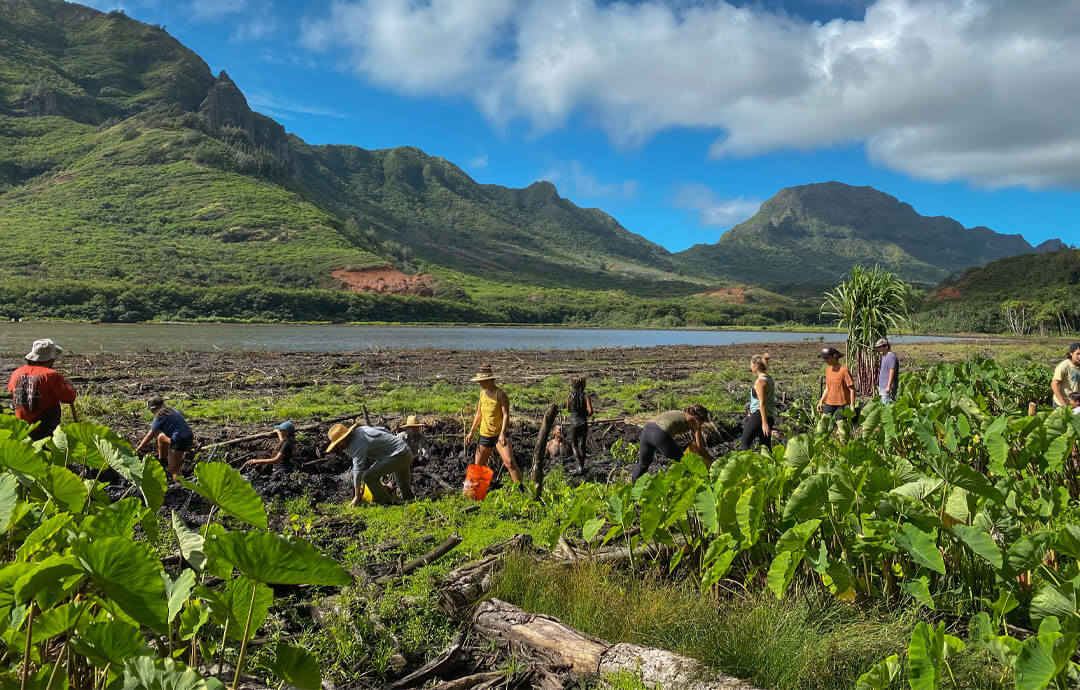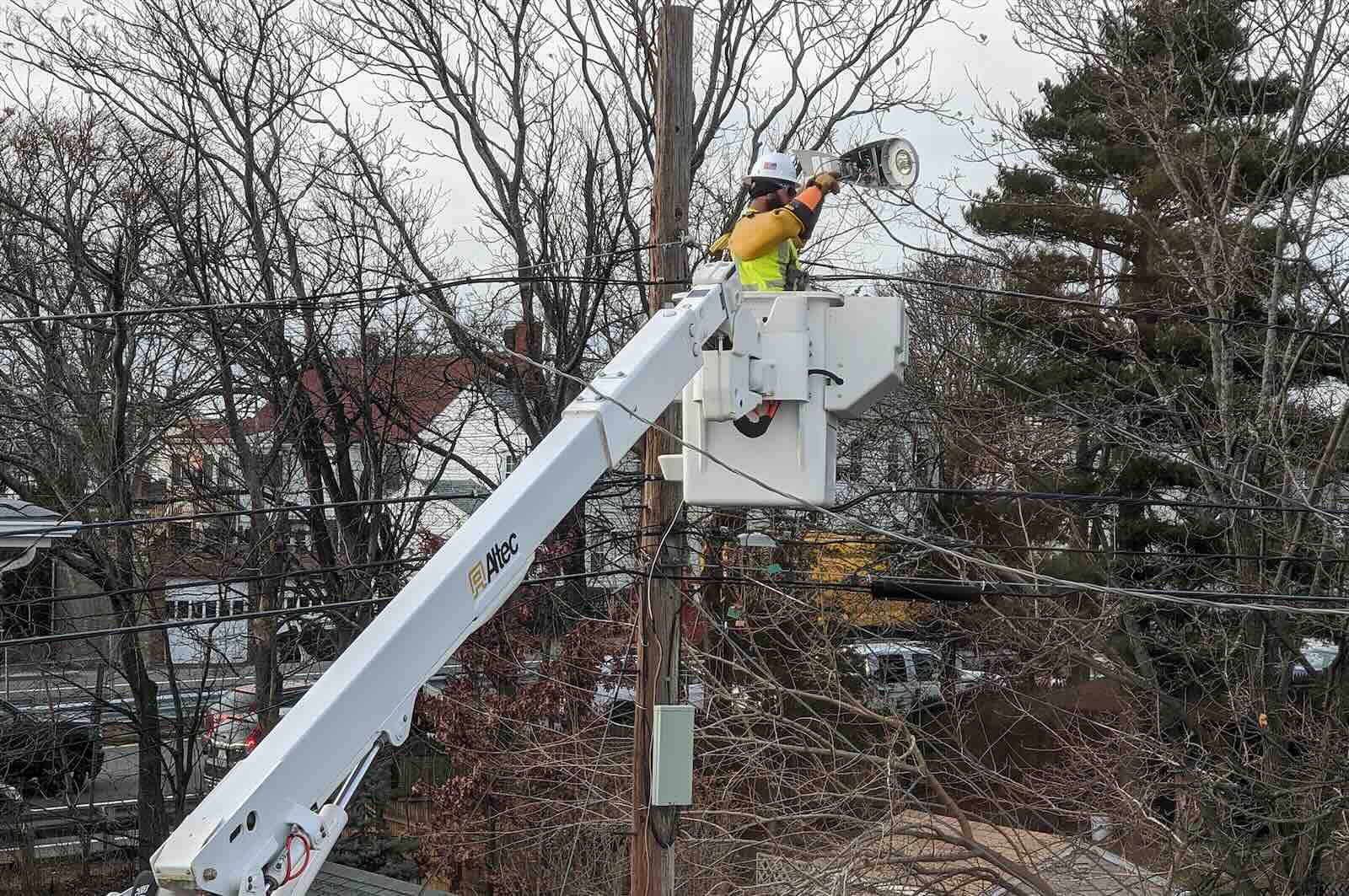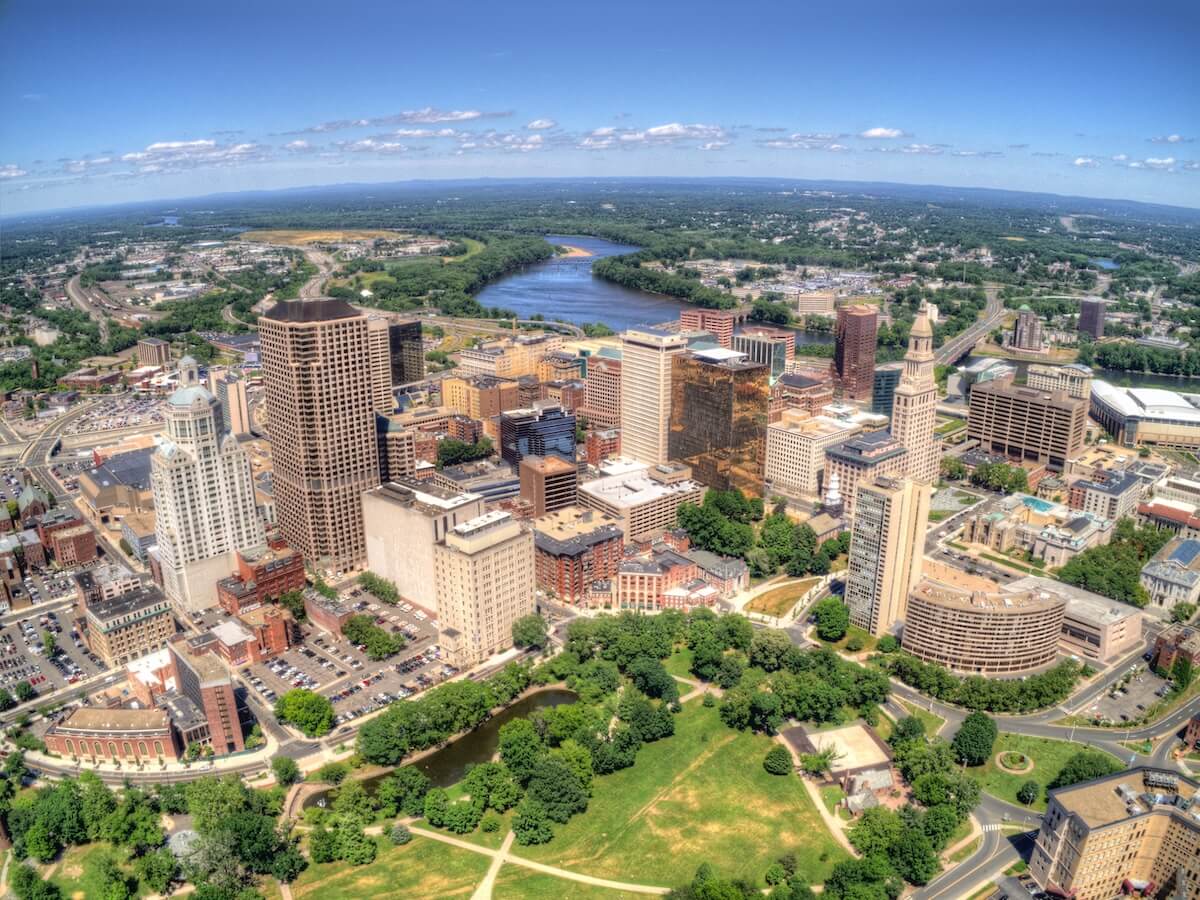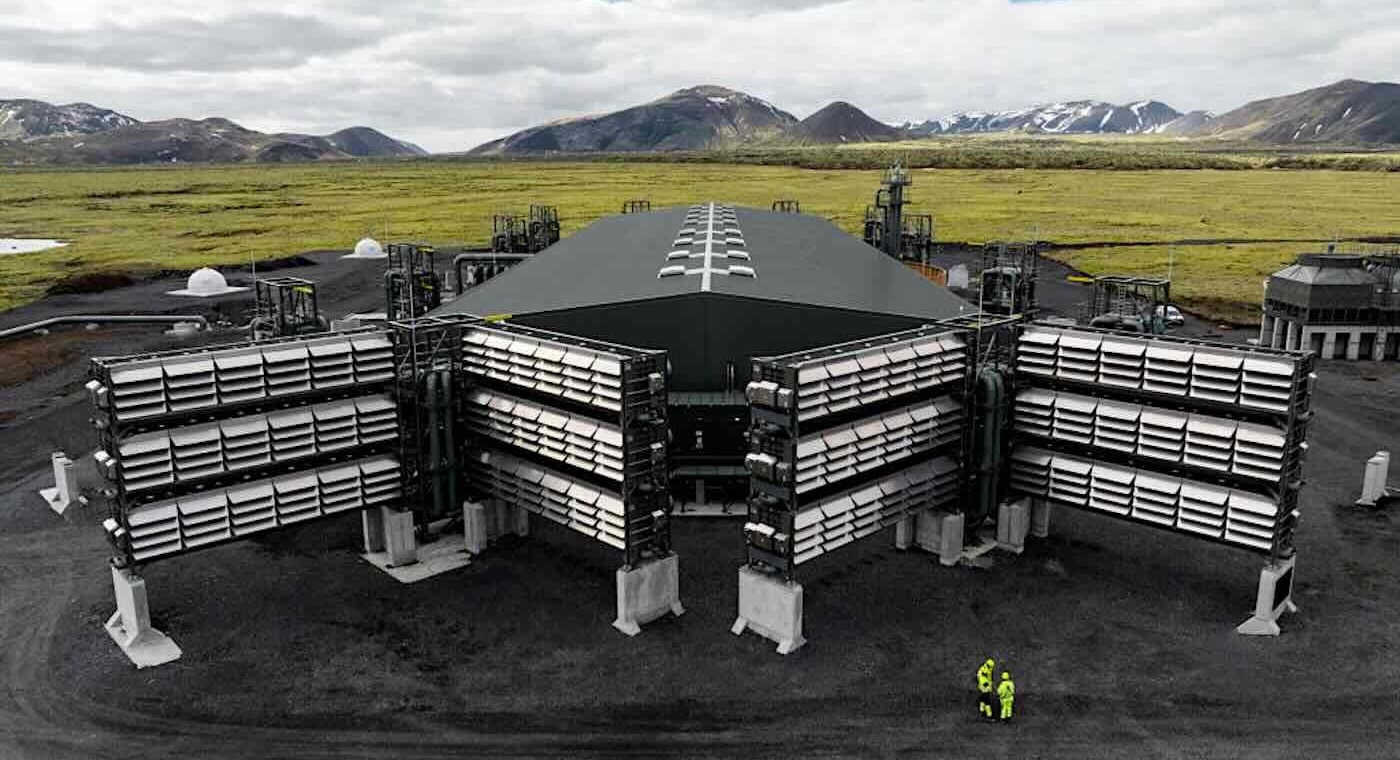If you think regenerative agriculture is merely an elite affectation of modern foodies, you might want to pay a visit to the 600-year-old Alakoko fishpond on a bend in the Hulēʻia River on the windward side of Kauaʻi.
Alakoko is one of nearly 500 fishponds that once provided sustainable seafood to communities across the Hawaiian islands. Most have fallen prey to development and disrepair; a few dozen are being restored by community and conservation organizations.
At Alakoko, the nonprofit Mālama Hulēʻia and scores of volunteers are restoring the 2,700 foot kuapā, or fishpond wall, that once created a vibrant ecosystem to nurture young fish, along with crabs and birds. Crews also are pulling out thickets of red mangroves, an invasive species that had choked the pond.
“We tell people we’re not going to be able to feed the world with this fishpond. The manaʻo that comes from it can be duplicated, so that it’ll be more sustainable in other places to help feed their areas,” says Peleke Flores, who is helping lead the restoration efforts. “This is thousand-year-old knowledge that has been waiting and incubating for a while.”
Flores led a delegation to Alakoko from last month’s In Community With Food gathering, the second annual convening of food entrepreneurs, impact investors, community activists, storytellers and Indigenous leaders that is seeking to create a shared ethos and urgency around regenerative agricultural practices. Participants included Native Hawaiians and Native Americans, Maori from New Zealand, Torres Strait islanders and Aboriginal entrepreneurs from Australia, along with other residents of Hawaii, the U.S. mainland and beyond.
“You can’t really assume that the north shore of Kauaʻi, or the Hawaiian Islands, will become the epicenter of the generative AI revolution. There are probably better places for that,” says Oliver Niedermaier of TAU Investment Management in New York. “But when it comes to food systems innovation, this place is pretty unique to do that.”
Niedermaier and his family hosted In Community With Food at Common Ground, a 63-acre former sugarcane plantation and then an Ocean Spray guava farm that now includes its own agro-forest along with a restaurant, co-working space and micro-distillery and hosts corporate events, weddings and other activities (Niedermaier also plans to build luxury homes along one edge of the property). Common Ground plans to take its experiential, place-based model to other locations, including Japan and Korea.
“Ultimately, we want to build a lifestyle and hospitality business for people who care,” he told ImpactAlpha. “What we’re trying to build here is a farm of the future and experiential farm that brings people together to innovate, to make change, to talk about big solutions, through the lens of food as the great connector, but ultimately, to go way beyond that.” (Disclosure: In Community With Food defrayed some of ImpactAlpha’s travel expenses.)
Dinner conversations
Certainly, there was plenty of good eating for those modern foodies, including a whole pig and lamb, wrapped with ti and banana leaves and smoked overnight in an underground pit, or imu. Chef Lee Anne Wong of the Koko Head Cafe in Oahu and Tokyo, who lost her Maui restaurant in the Lahaina fire, prepared a feast of bigeye ahi, starfruit, lion’s mane mushrooms and more.
The conversations “illuminated the powerful, unifying essence of food, demonstrating its ability to transcend economic and cultural boundaries,” Jacques-Philippe Piverger of GoodLight Capital wrote on LinkedIn.
“Not a thumb drive to be seen, not a single pie chart was harmed (or used), and zero bios were read,” added Mark Brand, founder of A Better Life Foundation in Vancouver. “Food was prepared from the earth we stood on, and for 72 hours my mind continued to be enriched consistently.”
Despite the incontrovertible privilege of the event, organizers of In Community With Food took pains to champion working farms, local solutions and climate justice. The common cause was making regenerative agriculture not only investable, but mainstream.
“I think if you ask anybody in Big Ag right now, they’ll tell you, ‘Oh, that’s just a cute hobby farm. There’s no way it’s going to feed the world,’” said Brenna Simmons-St. Onge of the Alliance for Collective Action in Colorado which is working with the Colorado Department of Agriculture to educate and finance farmers that adopt regenerative techniques, such as cover crops, for building soil health, reducing fertilizer and pesticide use and retaining moisture. Some of the projects are part of the US Department of Agriculture’s Partnerships for Climate-Smart Commodities program, which is distributing more than $3 billion specifically to small and underserved producers.
“I do feel like we can feed the world with regenerative agriculture,” she said. “It’s going to take time to get there. But eventually there are higher crop yields. There’s better nutrient density. And there’s a much better sense of community and strength of community in these food systems.”
More people are familiar with such arguments, and practices, after seeing “Kiss the Ground,” a star-studded documentary on Netflix, that has been seen by at least 10 million people. Three short “stories of regeneration” tell the story of small farmers in California and Arizona, but also TJ Schiff and his daughter Caroline, who farm 270,000 acres across several eastern states. About 5,000 people have taken Kiss the Ground’s eight-hour soil advocate training. The nonprofit works with companies to help them reshape their production techniques, supply chains and marketing.
“The one word people use, that they take away from the experience is inspiration, and oftentimes followed with hopefulness,” said Kiss the Ground’s Evan Harrison. “I believe there are people with great intentions at most companies, if not all, and they just need some help changing the culture and changing the dialogue.”
Abundance in perpetuity
With In Community With Food, Common Ground is pioneering new approaches to hospitality as much as to agriculture.
“Everybody who flew 20 hours to get to Kauai, to this beautiful garden island, comes with a certain wish, an aim of what this conference will do for them,” said Jannes Soerensen, a veteran manager of luxury hotels in London. “Luxury and luxury hospitality has to embrace a lighthouse role in driving positive change. Hospitality and luxury hospitality needs to start solving problems. Luxury hospitality needs to start advancing an agenda that impacts positive change in the world, like sustainability.”
That shared imperative can bring investors together with community activists and educators like Peleke Flores and Emily Cadiz, who runs educational programs for the nonprofit Hui Makaʻainana o Makana, which manages a traditional kalo farm near the town of Ha’ena, as well as for the Limahuli botanical garden. Kalo is the Hawaiian name for taro, which is used to make Poi, a staple of Hawaiian diets.
“The kalo that we grow in Ha’ena is only for community consumption. We don’t sell. Everything is shared and given to our community to feed our community,” Cadiz says. Ha’ena also was the first community in the state of Hawaii to be designated as a community- based subsistence fishing area.
“We really ensure food security as well, through the fishery,” she says. “It’s really putting to the forefront our traditional foods and making it accessible for the community, and also making sure that it’s in abundance in perpetuity.”











